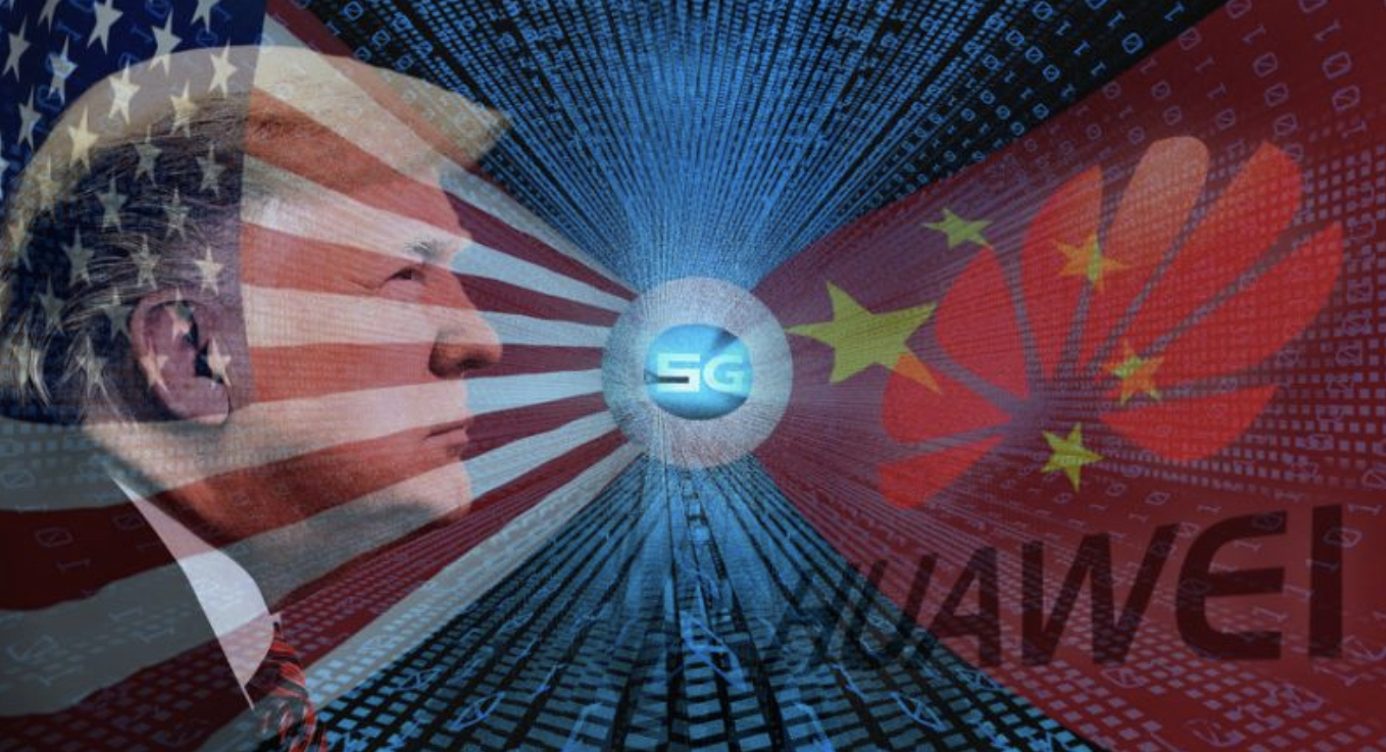(ATF) Huawei is allegedly planning to construct a new self-contained chip plant in Shanghai, a move that would bypass US sanctions and decrease reliance on overseas technology.
The news comes at a pivotal time in Huawei’s business – with a lack of access to US technology, the telecommunications giant may be experiencing a gradual shrink in inventory. If so, it will struggle to continue producing its flagship smartphones.
This is Huawei’s first attempt to fabricate its chips independently.
The Asia Eight: Daily must-reads from world’s most dynamic region
The company will begin by producing low-end 45nm chips – a technology that has been in use for the past 15 years. Operations at its local plant will be led by Shanghai IC R&D Centre, a government-backed research institute specialising in semiconductor manufacturing.
“China’s semiconducting industry has been receiving a lot of attention recently, so this news doesn’t come as a big surprise – even if it’s speculative,” Nicole Peng, vice-president of Mobility at Canalys, said. “I think it’s a reasonable move, but it might not resolve the current situation on high-end chips. This is a long-term plan.”
Peng said that Huawei’s promising R&D capability could allow the business to expand its scope and appeal to China’s smart manufacturing industry – an area the government is continually driving. Huawei’s original plans of supplying high-end technology to emerging 5G markets like India and Vietnam look rather challenging right now.
‘Many years to bridge the gap’
“It’s a natural strategy to set up this new facility in Shanghai,” Nitin Soni, a senior director at Fitch Ratings, said. “China is investing in new technology, but that doesn’t mean they will be able to bridge that gap between Taiwanese and US technology. It’s going to take many years for Huawei to reach that level.”
US sanctions were first imposed in early 2019 and will remain in place over the new year. And while it’s unclear currently whether US President-elect Joe Biden will take a similarly hard line on technology exports to China, his administration will undoubtedly impose its own set of policies as part of broader bilateral negotiations with Beijing.
But analysts say it’s too early to predict what Biden’s move might be.
“There are semiconductor manufacturers in the US making a case for Huawei as an important client because there are obvious benefits on the commercial side,” Soni said. “It’s whether the industry can do without a large player in the market, because Huawei will continue to operate in China.”
Huawei has lost a significant market share in the smartphone industry over the past year, much of which has been taken by competitors like Xiaomi, Vivo, OPPO and Samsung – companies that don’t face similar tariffs and bans.
Taiwan Semiconductor Manufacturing Corp (TSMC), which makes most high-end chips for smartphones, indicated that it expects 20% revenue growth in 2020, according to an analysis done by Fitch Ratings.
Despite the ongoing trade war, investing in new technology has always been part of the company’s long-term plan, analysts say, linked to China’s shift to economic self-sufficiency.
“China imports more chips than oil or any other commodity,” Soni said. “It’s always been a plan to strengthen chip technology because China understands that going forward as a country, they’ll be using more chips.
‘Demand will only increase’
“We’re now using them in smartphones and other communication technologies, but in the future, chips will be in all the ‘Internet of Things’ – your washing machines, refrigerator and cars. Chip demand will only increase.”
Samsung is one of the only telecom operators in Asia to run semiconductor manufacturing facilities – a model that Huawei might seek to emulate, especially as the coronavirus pandemic continues to disrupt global supply chains. The Shanghai plant plans to produce 28nm chips by late 2021, followed by 20nm chips at the end of 2022.
But Soni said it could take several years for Huawei to develop chips that are just as advanced and competitive as those produced in Taiwan or the US.
“One course is that [Huawei] might continue to request equipment from the new US administration; another could be that they slow down on producing high-end smartphones and focus on mid-range smartphones,” the Fitch analyst said. “We’re seeing equipment and technology getting smaller, so a lot of talks are on 3nm chips. It’s about investing in those lower technology nodes and getting efficiency out of those chips.”
TSMC, for instance, has plans to produce volumes of 3nm-5nm chips in the next two years – a big contrast to what Shanghai-based SMIC is currently making – 14nm chips.
China has invested US$29 billion in the second phase of the China Integrated Circuit Industry Investment Fund, which supports semiconductor companies like Shanghai-based SMIC. The company also raised $6.7 billion in an IPO this year, which may help fund research and development into the technology hardware sector.
“The overall summary is that there’s a lot of money involved,” Soni said. “But you can’t just throw money at technology. It needs a lot of time and experience to build that technology, so that’s where China is right now.”























